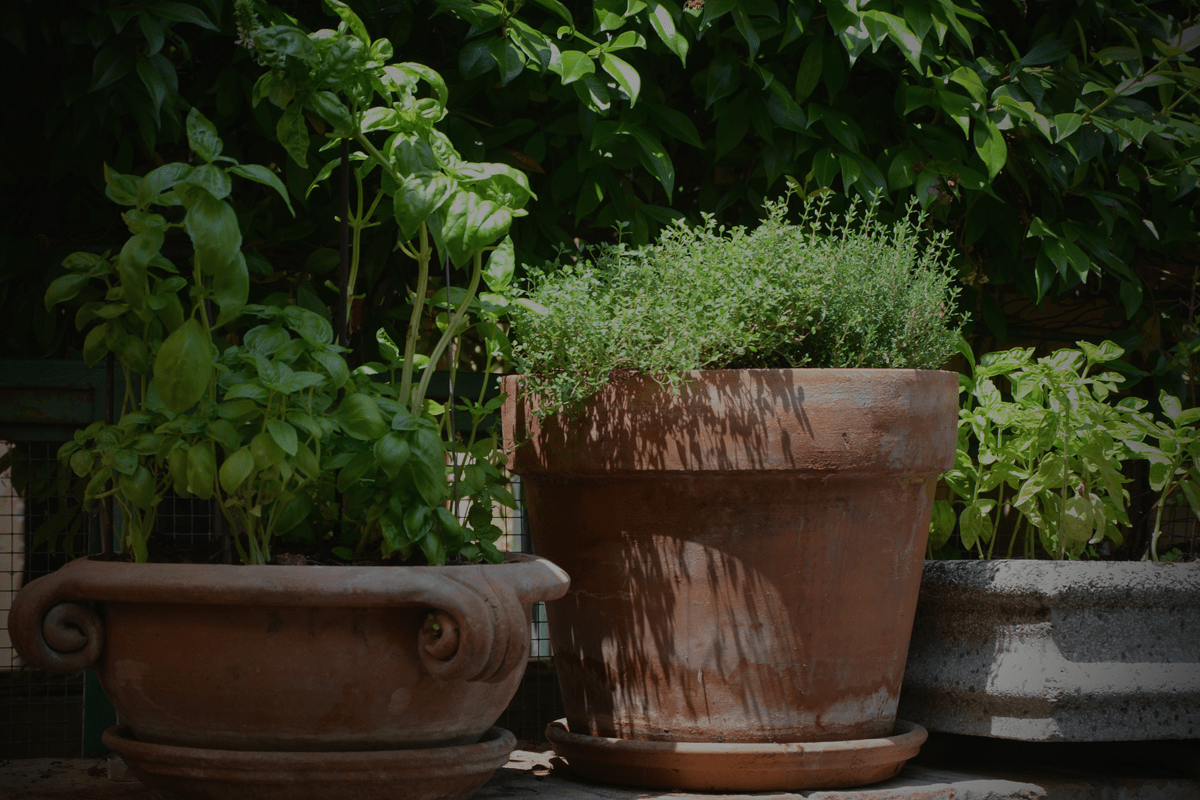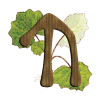
Container Garden
Herbs | Herbs by Name | Instructions | Medicine | Beauty | Remedies
Container Garden | Magical Garden | Misc Herb Magic
Determine what type of food that you would like to grow, if possible choose miniature varieties for they are more predisposed to container conditions. Knowing plant types help you determine their space requirements and how your physical space meets them. Tomato plants are one of the hardest to grow in a container.

Commercial growing mediums are mostly “soil-less”, so it’s a good idea to add one part mature compost and one part good garden or top-soil. Place gravel in the bottom of the pail to add drainage and weight so they will not blow over in the wind.
Containers may be anything from a wooden crate, hollow logs, cinder blocks, or even a plastic pail! Small plants like lettuce, chives, and most herbs can get by in a 6-inch diameter pot, larger plants, like peppers, need at least a 12-inch diameter pot. Most tomatoes need a 5 gallon/15-inch pot. Keep in mind that shallow rooted plants like lettuce and garlic can be planted in the big pots with deep-rooted plants like tomatoes and potatoes.
Young plants will not need as much water as when they are ready to set fruit. Let the plants go through a dry/wet cycle, like they would in the ground. Do not over fertilize either; plants with too much food are less motivated to reproduce, so the produce is smaller.
To make plant food, put either mature compost or manure in an old pillow case and soak it in a pail of water, keeping the proportions equal (i.e., four cups of compost to four cups of water) and keeping the pail covered while it steeps. The “tea” is finished when the water has turned deep brown in color. Use diluted! A table spoon of kelp powder around the base of the plant before watering is also a good source of plant food, remember to apply only once!
